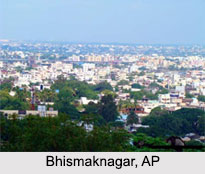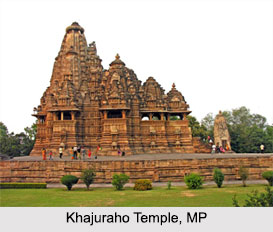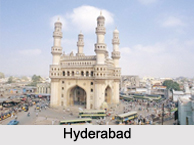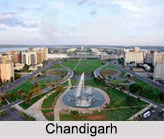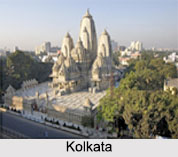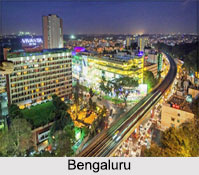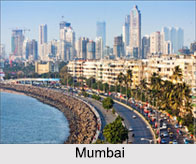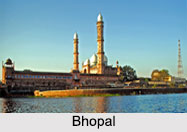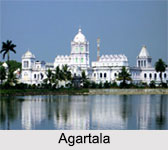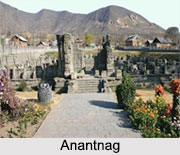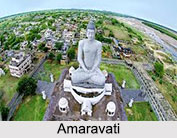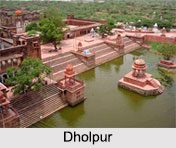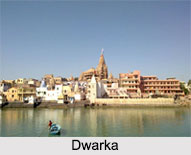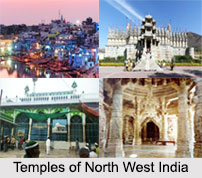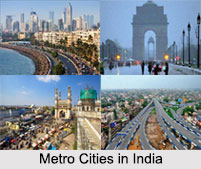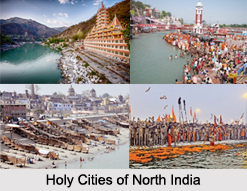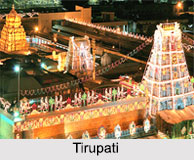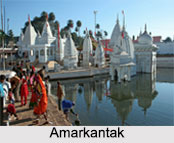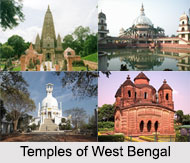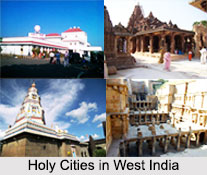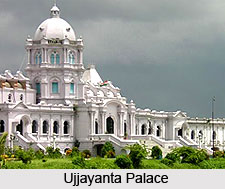 History of Agartala is closely associated with the ancient, medieval and the modern history of Tripura. The ancient history covers the pre historic times to the rock arts of Unakoti, while the medieval era defines the glorious rule of Manikya kings of Tripura and later the British Government in India. Agartala is perched on the banks of Howrah River, the low-key capital city of Tripura-Agartala- attracts a large number of tourists for its past splendour.
History of Agartala is closely associated with the ancient, medieval and the modern history of Tripura. The ancient history covers the pre historic times to the rock arts of Unakoti, while the medieval era defines the glorious rule of Manikya kings of Tripura and later the British Government in India. Agartala is perched on the banks of Howrah River, the low-key capital city of Tripura-Agartala- attracts a large number of tourists for its past splendour.
Early History of Agartala
The name of the capital city of Tripura "Agartala" is derived from the words "Agar" and "tala" consisting of heavy density of "Agaru" trees. The term "Agar" was referred in the context of great king Raghu who tied up his Elephant feet with Agar tree on the banks of Lauhitya River in the mythological era. Then Agartala is also named in Indian epic Mahabharata. One of the earliest kings of Agartala was Patardan, who reigned the pre historic Agartala in 1900 BC. Chitrarath, Drikpati, Dharmapha, Loknath Jivandharan were the important kings during the time of ancient kingdoms in Agartala. It was the time long before the Manikya Dynasties of Tripura who were evolved in medieval era.
Medieval History of Agartala
Medieval History of Agartala shows the glorious rule of Maharaja Bir Bikram Kishore Manikya Bahadur, who was one of the most ambitious kings of Tripura. Under his reign, Tripura flourished as an independent North Eastern state in India. Maharaja Bir Bikram Kishore Manikya Bahadur is called the creator of the planned city of Agartala. He had gone for a tour in the United Kingdom and after returning to his kingdom he decided that he would make Agartala a mini United Kingdom that was during the 1940s when the town area was re-organised in a planned manner with new roads and a market building making a good comfort for the people of Agartala. In the medieval era, the land was formerly ruled by as many as 179 Hindu rulers, starting from mythological King Druhya to the last king of Tripura, Kirit Bikram Kishore Manikya. Apart from the great Hindu rule, Tripura also witnessed the glorious rule of the Mughal Empire in India. In 1760, Rangamati was shifted by the Maharaja Krishna Chandra Manikya Bahadur of Manikya Dynasty to present old capital of Tripura, Agartala by the bank of the river Haora-Saidra and was named `Haveli`.
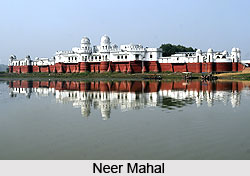 Modern History of Agartala
Modern History of Agartala
With the rise of British colonial power in India, the state of Tripura came under the governance of English Government in the year 1808. The ancient capital of the then Princely State `Swadhin Tripura` was at Rangamati which is now called Udaipur of South Tripura by the bank of the Gomati River. Due to frequent invasion of the Kukis and also to keep easy communication with the British Government in Bengal, the Maharaja Krishna Chandra Manikya started the process of shifting the capital from Old Haveli to New Haveli, which is known presently as Agartala in 1849. After the end of the reign of British East India Company, The British Government of India communicated with the Raja of Tripura. At that time, Agartala was the capital of the erstwhile `Hill Tippera` state, it became a municipality in 1874 to 1975, and in the year 1901 had the population of 9,513. The Princely state of Tripura has always remained as cake piece to the British and many other invaders, such happened when the Arakan soldiers attacked in the old capital of the state following which the king of Tripura responded to them in a tricky way by defeating the entire troop.
Agartala with the Independence of India
When India became independent in the year 1947, the people of Tripura started Ganamukti Parishad movement to include the state as the kingdom of India. The then queen of Tripura Maharani Kanchanprava Devi signed the agreement on 15th October 1949 permitting the government to merge the province with independent India. On 1st July 1963, Tripura became a centrally administered Union Territory and attained the status of full-fledged state on 21st January 1972. Agartala was named as the capital of Tripura. The Agartala Municipality was established during the reign of Maharaja Bir Chandra Manikya (1862-1896) within an area of 3 square miles.
